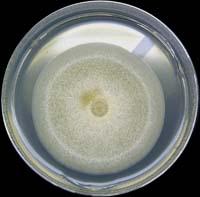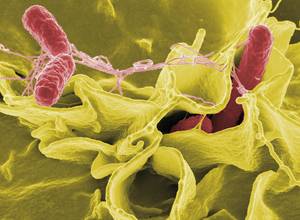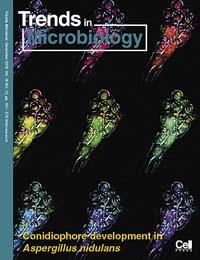Fungi smell fungi to stop spores germination
2011/05/15 Lakar Iraizoz, Oihane - Elhuyar Zientzia
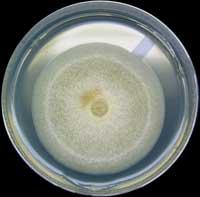
Some smells are characteristic of certain means or situations such as the storm smell, the smell of freshly cut grass... One of them is also the smell of fungi. In autumn it is the smell that fungus pickers like most, because they know that in the area there are mushrooms that emit that smell. However, fungi do not pour out human beings, but seek to communicate with each other. The University of the Basque Country has found the relationships that communicate through the smell of fungi and has been published in the journal Fungal Biology.
Specifically, a group of researchers from the Faculty of Chemical Sciences have been investigating. However, fungi that produce edible mushrooms have not been analyzed, but a fungus widely used in scientific subjects: Aspergilus nidulans . Well, researchers have shown that odor generating compounds help regulate the growth of fungi.
Although each fungus emits a combination of compounds that gives it its characteristic smell (it is like the fingerprint, a particular characteristic of each), many of these compounds are found in all fungi. One of them is alcohol called 1-okten-3-ol, a compound analyzed by UPV researchers. During the research they have verified that the asexual spores of the fungi Aspergillus nidulans are responsible for the emission of this alcohol and that this prevents the germination of the spores when it accumulates around it.
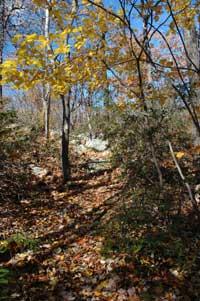
It can therefore be said that the function of alcohol is to communicate the density of spores present in a given medium. In short, if each spore emits a certain amount of alcohol, the greater smell of this alcohol means that there is a lot of spore around. The presence of many spores does not benefit each of them. In fact, if all the spores sprout together they would have very little room to grow and they would have to compete with other spores of their same species to obtain food. Therefore, the last function of alcohol would be to sprout spores only when they are far enough away. Researchers have seen it: if for any reason spores are dispersed, alcohol disappears and spores germinate.
Responding to environmental crises
When spores germinate, fungi form complicated cellular networks. Although the most known parts of fungi are mushrooms, they only develop during the breeding season; in the rest, the cells form filamentous networks. When the time comes for reproduction, from these networks come the bodies that will give spores, such as mushrooms. Spores can be both sexual and asexual. The spores generated by asexual reproduction are the same as those of the original fungus and their main function is the proliferation and dispersion of the fungus as soon as possible. In sexual reproduction, on the other hand, they share genetic information with another fungus and cellular networks that are formed from spores are different from the original fungus. Fungi resort to sexual reproduction when the conditions of the medium change to increase their possibilities of adaptation to the new conditions.
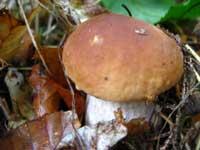
To know if fungal networks should continue to grow, if it is time to reproduce, if it is convenient for spores to germinate and, in general, at what stage of the life cycle should enter, fungi use the signals of the area. Signals can be stimuli of the environment or emitted by them. For example, scientists knew that removing the cellular network to the terrestrial surface and putting it in contact with the atmosphere is a quinada of great force to create asexual spores. These spores are then fertilized when growth conditions are adequate. However, UPV/EHU researchers have found that conidia also emit signals that interrupt germination when many spores accumulate. This ensures effective soil colonization.
In addition to finding the regulatory effect of 1-octen-3-ol alcohol, researchers have shown that an associated compound (3-octanone) inhibits the growth of the fungus itself if a medium is overcolonized and promotes spore production. This second mechanism indicates that the language of volatile compounds is significantly richer and more complex than expected. According to the researchers themselves, "the next time we notice that we are in the forest smell of fungi, we will know that what we are smelling is part of a conversation."
Published in Ortzadar

Gai honi buruzko eduki gehiago
Elhuyarrek garatutako teknologia




